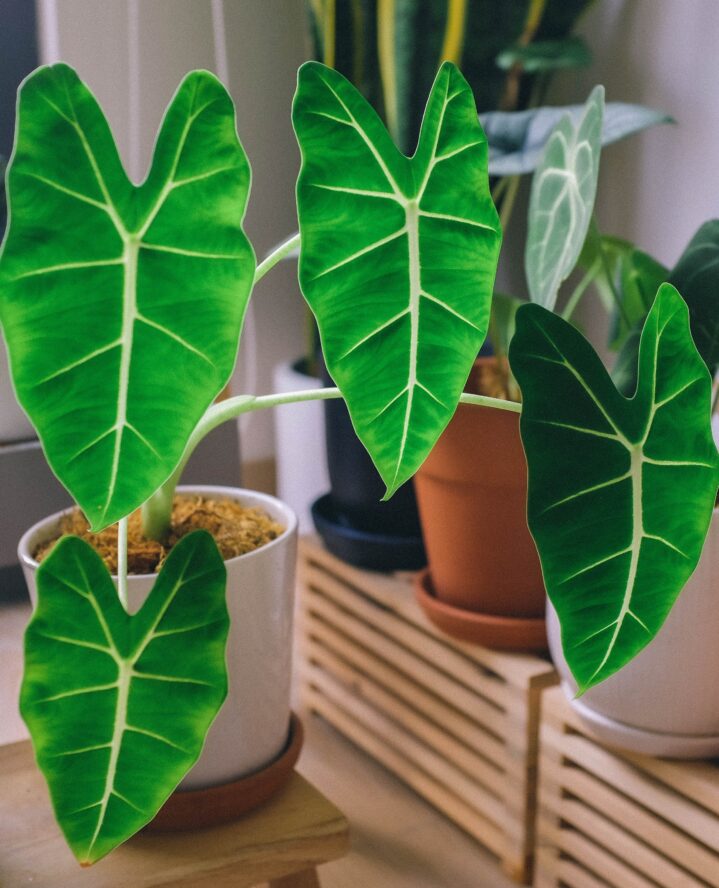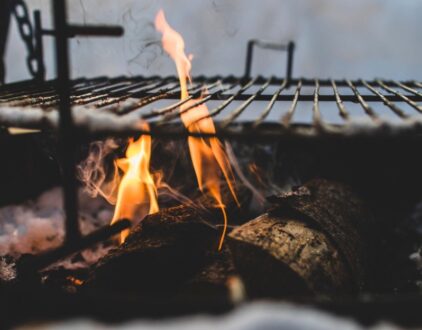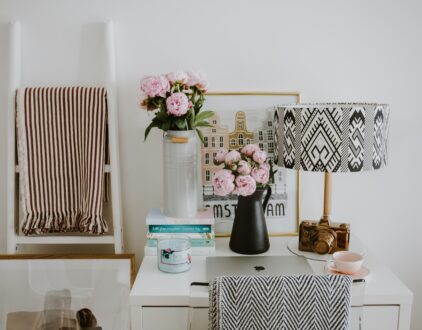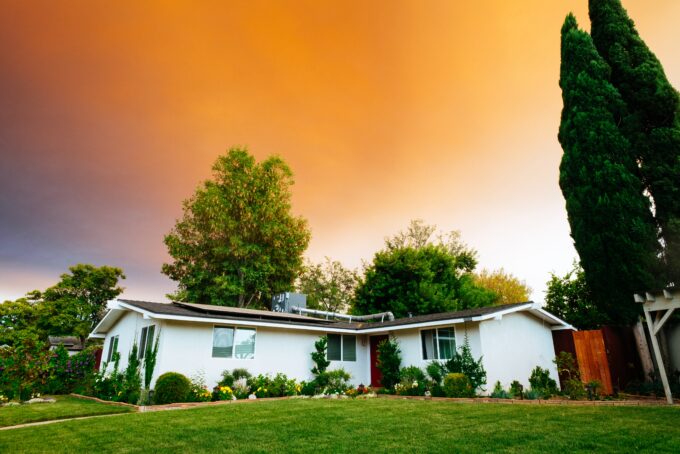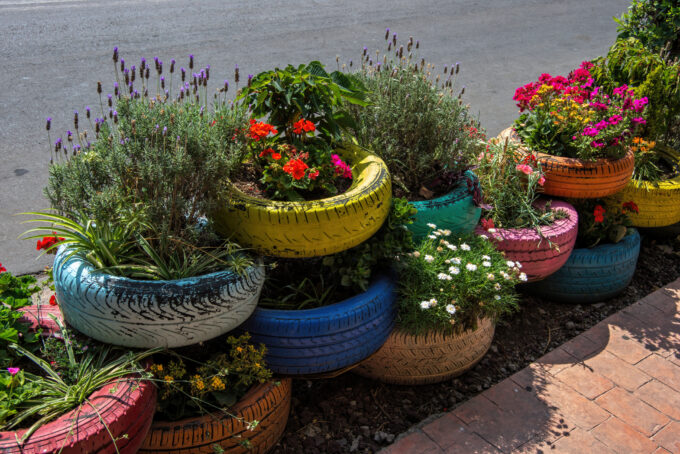A beautiful decorative plant with Indonesian roots, the Alocasia Jacklyn has just now been discovered for Western homes. Alocasia Jacklyn is still regarded as uncommon and is not easily accessible as other Alocasia aroid because it is a newcomer to the plant world. But with its vivid green leaves and deeper green veins on striped stems, this plant is certain to become a favorite of everyone.
This tropical plant demands humidity greater than 60 percent and prefers strong indirect light to grow. A well-draining potting mix, in conjunction with a porous container, excellent watering techniques, and making sure there is enough ventilation to its roots is important.
Let’s go over the specifics.
Alocasia Jacklyn Care
As long as you give this fast-growing plant the attention it needs, it will quickly mature. Warm temperatures, high humidity, lots of indirect light, and well-draining soil are preferred by this aloe species. Like any other aroid, Alocasia Jacklyn loves to be cultivated in open, draining soil. It is also important to keep in mind that the tuberous bulb of this Alocasia should remain above the soil, allowing the roots to receive enough oxygen exposure to avoid root rot.
A monthly feeding of a well-balanced liquid fertilizer can help Alocasia Jacklyn produce robust leaves. Make sure you adhere to all label directions and avoid overfeeding. In the fall or winter, you shouldn’t feed your plant. Optimal fertilization will result in brisk growth.
Your Alocasia Jacklyn likes to be cultivated in a warm, humid environment because it belongs to the tropical jungles of Indonesia. To prevent permanent harm, you should always maintain your Alocasia at 55 degrees Fahrenheit. It will benefit from additional humidity provided by a humidifier or pebble tray because it is a humidity-loving plant.
Light Needs
Indirect light between moderate and bright is ideal for Aloe Jacklyn plants. Be cautious as they do not do well in low light or direct sunshine since those conditions might burn the leaves. For Alocasia Jacklyn plants to thrive, they require indirect bright sunshine. They will receive enough light to develop big and robust if you place them 2 to 3 feet away from a window.
Ensure the leaves are not exposed to direct sunlight as this might cause them to burn. It is preferable to imitate the diffused sunshine that wild Alocasia plants enjoy by growing them in a similar environment in the home.
Watering
Alocasia Jacklyn enjoys consistently damp ground. However, too much watering causes the soil to get wet and harms plants because their roots cannot withstand dampness. The leaves may also get limp and yellow from too much water.
As the plant is not drought-tolerant and lacking water might injure its leaves, please avoid letting the soil become too dry. The plant’s leaves go brown or crisp if it doesn’t get enough water. It is crucial to strike that balance between having too much and not enough water. Jaclyn typically requires water once per week. However, warmer summers allow for twice-weekly watering.
It only craves water once every two weeks in the winter. Simply put, relying on a watering plan is also a bad idea; instead, often assess the soil to determine if the plant requires water. If you see that the soil is damp, wait a few days before watering it. When the top 2 inches of soil are dry, then apply water. By doing this, you can prevent overwatering.
Toxicity
Jacklyn, like the rest of the Alocasias, has calcium oxalate crystals that poison people and animals. Jacklyn can also cause dermatitis in people. Hence, it should never be ingested. It is advised to wear gloves while trimming, propagating, or repotting. Pets should never eat this plant since it may be deadly to them. If you have doubts about your pet ingesting Alocasia Jacklyn, call the vet immediately.
Potting and Repotting Alocasia Jacklyn
Once your Alocasia Jacklyn starts to outgrow its pot, which usually happens after a period of two to three years, you’ll notice it is time to repot it. Look for roots that are emerging from the container’s drainage opening. Pick a bigger pot and dispense with the old potting soil. To ensure the soil level is where it was in the original pot, gently remove the plant from its planter and replant it in the new one. Nourish the plant well after repotting it.
What Are Some Common Problems With This Plant?
These are some of the difficulties you could run across with this plant.
- Yellowing of the leaves: This results from over- and under-watering.
- Browning of the leaves: happens due to insufficient sunshine, excessive water, or a cold plant.
- Illnesses: Excessive watering can result in bacterial and fungal illnesses and root rot.
- Pests: The plant may become infested with scale, mealybugs, and spider mites, which are frequent pests of houseplants. If you see an infestation, segregate the plant and treat it with neem oil or insecticidal soap.
Is Alocasia Jacklyn Right For You?
Since it is a much-coveted plant, you must add this rare, tropical beauty to your collection. After going through this Alocasia Jacklyn’s care guide, we hope you feel comfortable enough to purchase the next one you come across. They are wonderful, striking plants that will make your house stand out.
popular posts
- 1It’s Black Business Month, So Let’s Go Shopping and #BuyBlack!
- 2These Home Decor Items Will Instantly Make Your Space Look Outdated
- 3Black-Owned Home Decor Stores To Support Across the United States
- 4A Look Inside Elon Musk's Tiny $50,000 House
- 57 Black and Multicultural Designers To Follow For Design Inspo
Spaces
Whether it’s luxury or ease, every area of your home should be as fabulous and unique as you.

Give Your Yard a Glow Up for Spring + Tips from a Pro!
by Melody Beuzelin | March 15, 2023
FOLLOW ALONG ON INSTAGRAM
#homeandtexture
Find us on social for more home inspiration where culture, personal style, and sophisticated shopping intersect to help you create a home where you love to live.
